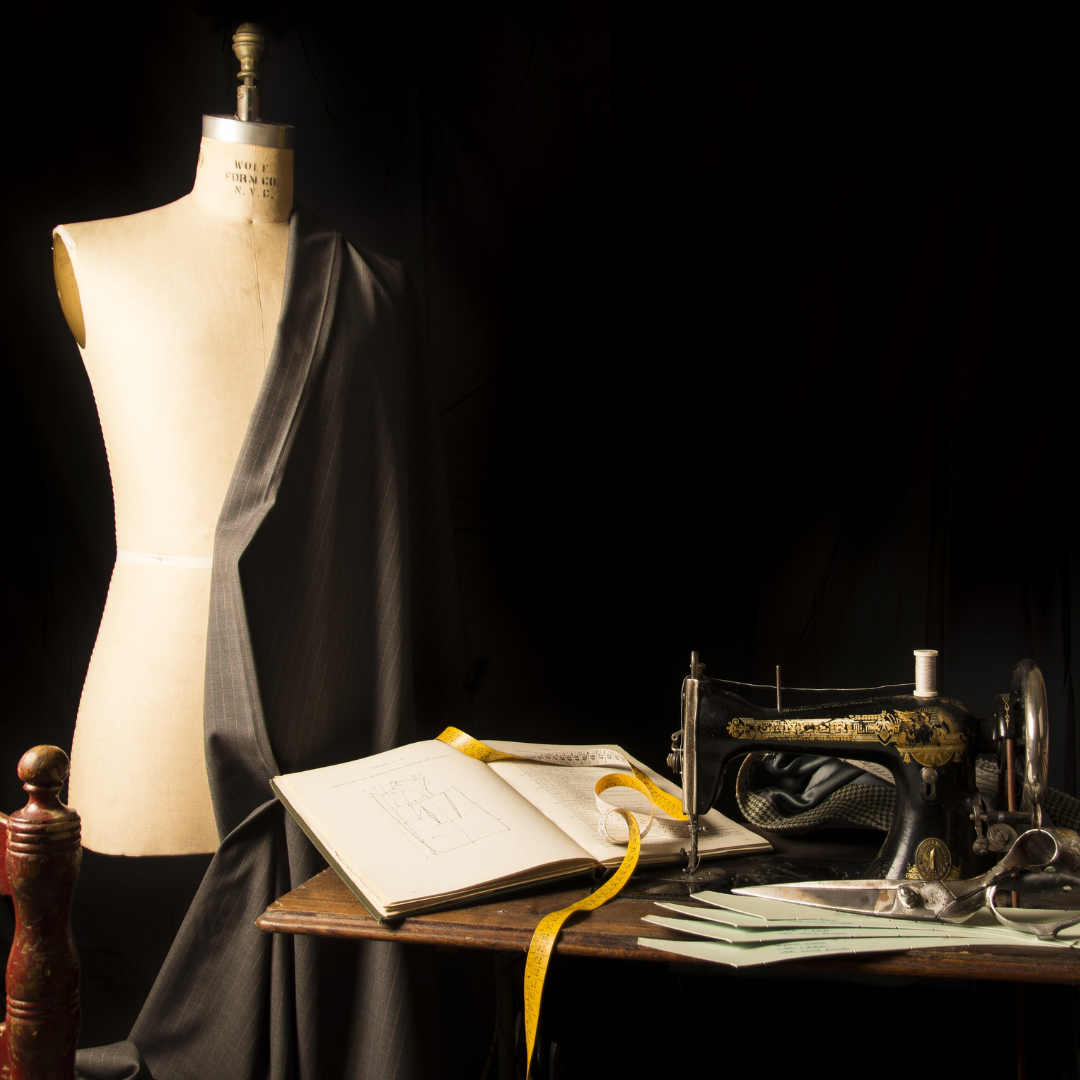
The Evolution of Mannequins
Share
Mannequins have long been essential tools in the fashion industry, evolving from simple forms to intricate displays of artistry. The earliest mannequins, dating back to ancient civilizations, were rudimentary wooden or clay figures used to showcase clothing. These early versions were primarily functional, helping tailors and dressmakers fit garments and display their work.
The 19th century saw a significant transformation with the introduction of more realistic mannequins made from materials like wax and papier-mâché. These early models began to reflect human proportions more accurately, enhancing their role in fashion displays and advertisements. As technology advanced, so did mannequins, with innovations in materials and design leading to the sleek, adjustable forms we see today.
Today, mannequins are not just practical tools but also artistic statements, with designs ranging from highly realistic to abstract and avant-garde. They play a crucial role in fashion retail, allowing designers and brands to present their clothing in visually compelling ways. The evolution of mannequins reflects broader changes in fashion and retail, highlighting their enduring importance in showcasing style and creativity.
